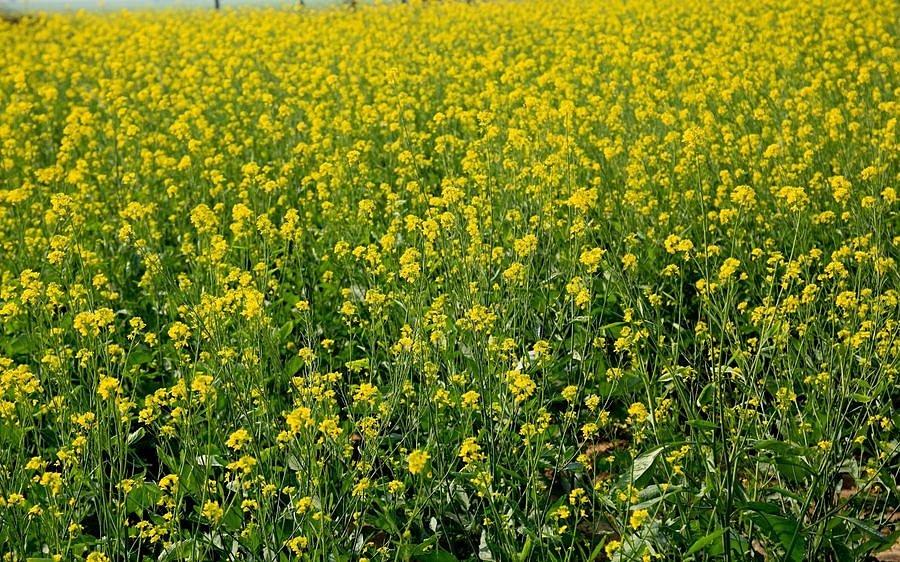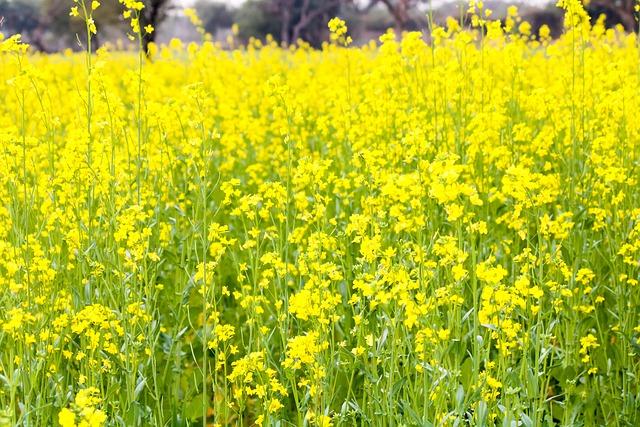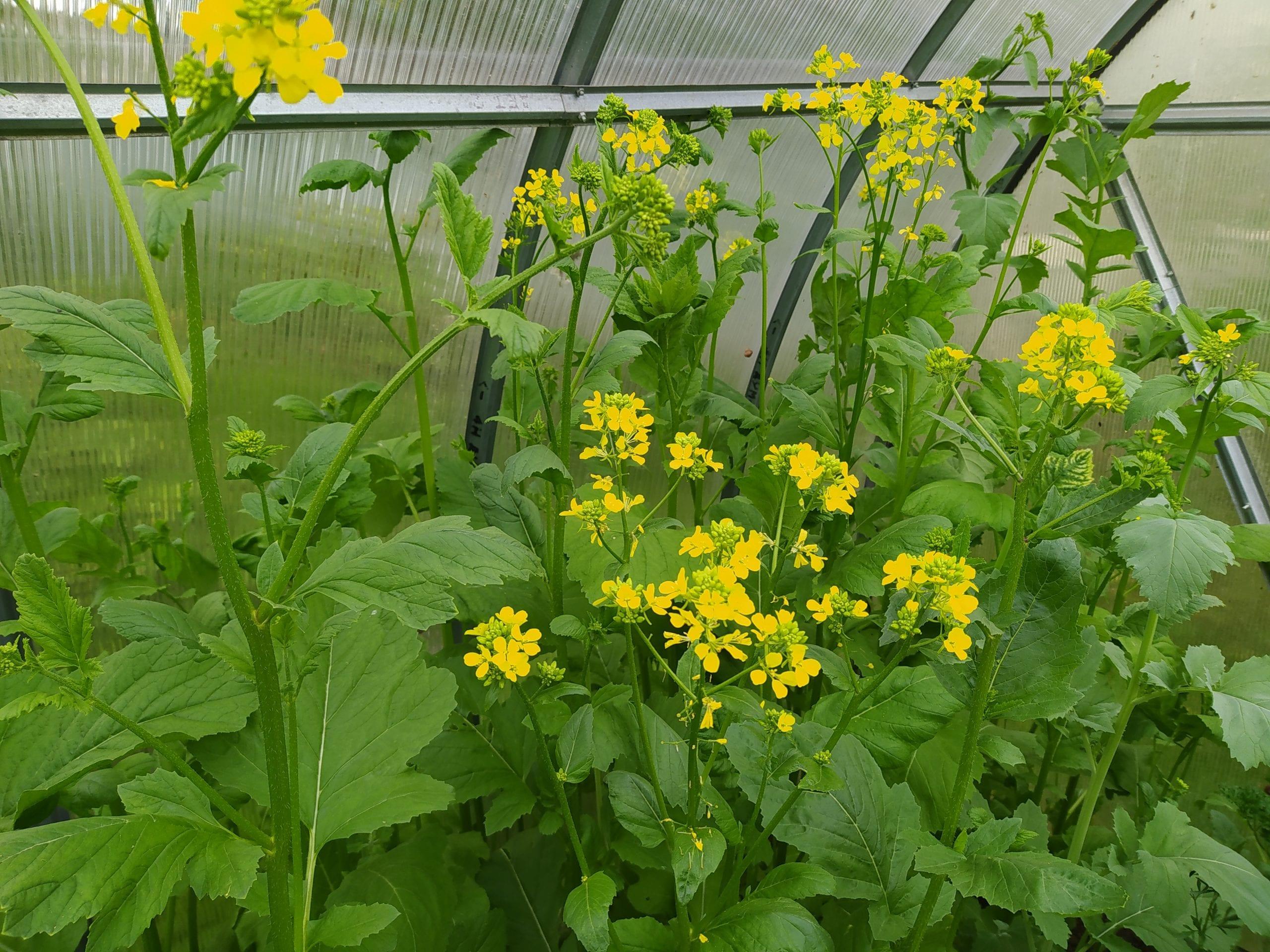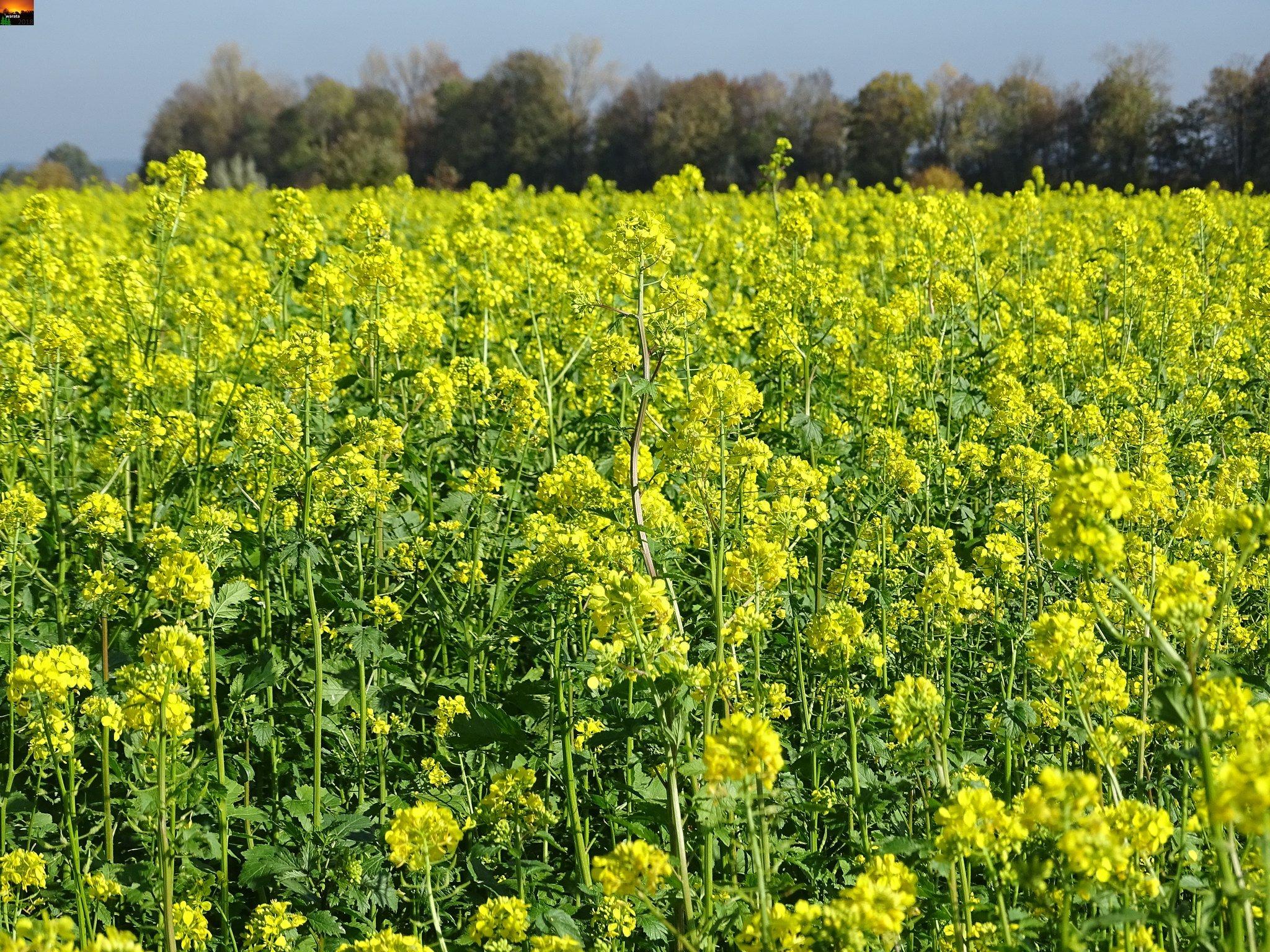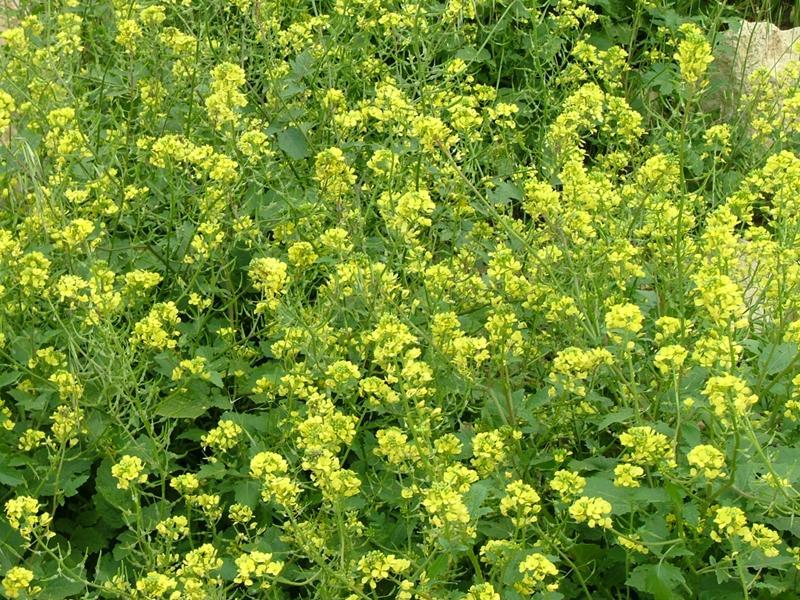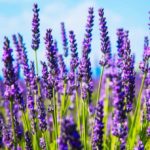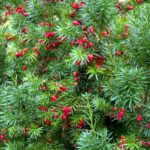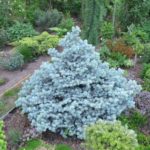Mustard is an annual crop from the Cruciferous family. It can be grown as green manure, honey plant and oilseed crop. In order for the plant to develop normally and have strong immunity, it is important to comply with the planting conditions. Compliance with agrotechnical rules and recommendations is also of great importance. This culture is considered very unpretentious, but requires the fulfillment of a number of conditions.
Description of the plant
Mustard is a medium-sized annual plant up to 70 centimeters high, which is characterized by rapid growth. The culture is characterized by feathery leaves that grow on a green stem. At the same time, simple yellow flowers appear on the upper part of the shoot.
This plant is considered irreplaceable. It is characterized by the following features:
- Fast growth and high germination rates. After harvesting and sowing free areas, mustard has time to grow a large amount of green mass. The growing season of this crop takes literally 30-45 days.
- Minimum of natural pests and diseases. Thanks to this, the crop helps clear the soil for further crops. Wireworms are considered especially sensitive to mustard. Therefore, it is recommended to grow potatoes after green manure.
- Honey-bearing properties. Mustard attracts bees to the site, which do not allow garden plants to pass through.
Green manure is considered quite economical. Mustard seeds are inexpensive. At the same time, literally 200-400 grams of grains are required per 1 hundred square meters. The crop is distinguished by large seeds that scatter easily and do not cake. In addition, they are very convenient for landing.
Popular varieties
Today there are several types of mustard, which differ in the color of the seeds, agricultural technology, size and shape of the plant. The following varieties are usually used as green manure:
- White - considered the most common type, which is characterized by its undemandingness to the composition of the soil. However, the crop should not be planted in soil that is too acidic or swampy. High cold resistance makes it possible to plant the crop even in the fall. The plant reacts sharply to moisture deficiency. In this case, growth cessation and wilting of the vegetative part are observed.
- Yellow - characterized by high resistance to drought. This plant is distinguished by its delicate greenery, but is less cold-hardy. The yellow type seeds are smaller. Therefore, the consumption during landing will be less.
- Black - considered the most heat-loving variety. Therefore, it is worth planting mustard in spring or summer. The advantage of the culture is its ability to grow in damp and swampy soil.
All these varieties perform the functions of green manure. Therefore, you can give preference to any type of mustard. In addition, a large number of mustard varieties are currently known, which differ in terms of development and taste. It is recommended to grow the following species on a summer cottage and at home on the windowsill:
- Volnushka is an early ripening variety. From the appearance of sprouts to the harvesting of the first harvest, a maximum of 1 month passes. Mustard is characterized by large leaves of a light green hue. The culture is distinguished by a dense rosette. Greens have excellent taste. Harvesting should begin after the plants reach a height of 8 centimeters. Volnushka quickly grows greenery. This allows you to get a good harvest.
- Ladushka is a mid-season variety that is distinguished by upright foliage. In this case, the rosette reaches a diameter of 35 centimeters. This variety is considered low maintenance. It can be grown at home on a well-lit windowsill or in a summer cottage, but in this case it is necessary to darken the plantings.
- Red-leaved - is an early variety that is distinguished by dark green vertical foliage of a rounded shape. It is characterized by a sharp, tart taste. These greens can be used as a side dish for meat and fish. It is often added to salads.This helps bring out the flavor of fresh vegetables.
- Mustang - this variety has an average ripening period. The growing season takes 35-40 days. The leaves are characterized by a compact rosette, the height of which is no more than 25 centimeters. This makes it possible to grow crops on a windowsill. The foliage is red-green in color and large in size. It has a pleasant spicy taste.
- Yadrenaya is a salad mustard that takes 25-30 days to ripen. A characteristic feature of this variety is its pronounced pungent taste. Therefore, the vigorous crop is worth growing for canning. You can also make homemade mustard from it.
- Prima is an early variety that has a raised rosette. Its diameter does not exceed 20 centimeters. The leaves are yellow-green in color. In this case, the height of the crop is no more than 25 centimeters. The foliage has a juicy and delicate taste, which has a delicate aroma. It has notes of radish and mustard.
Advantages and disadvantages
The main advantages of mustard include the following:
- increased soil looseness, good moisture absorption;
- increasing the resistance of soil to blowing, washing out and displacement;
- suppression of weed development;
- increasing plant resistance to diseases and parasite attacks;
- attracting bees and other pollinators.
At the same time, culture also has some disadvantages:
- susceptibility to diseases that are characteristic of Cruciferous crops - these include clubroot, powdery mildew, rust;
- lignification of stems after flowering - in this case, it is better to use succulent stems as fertilizing;
- susceptibility to bird attacks - they peck mustard seeds and can damage the crop.
Landing instructions
In order for the cultivation of mustard to produce results, it is necessary to follow the basic recommendations for planting.
Soil selection
The crop can be grown in light sandy or sandy loam soil, the acidity of which does not exceed 6.5. The plant tolerates partial shade normally. However, the crop grows best in the sun. In heavy or acidic soil, additional components should be added. In this case, for 1 square meter it is recommended to use the following:
- 1 bucket of sand;
- 1.5 buckets of humus;
- 2 handfuls of dolomite flour or slaked lime.
Seed preparation
Mustard grows well without additional stimulation. If you need to speed up the process of seed germination, you can make a solution of 0.6 grams of “Heteroauxin” and 1 liter of water. In this case, it is necessary to soak the planting material for 6 hours.
To prepare the site for planting, it is recommended to do the following:
- Clear the soil of weeds and vegetable remains.
- Add organic and mineral preparations. To do this, you need to use humus and ash or dolomite flour. For 1 square meter it is worth taking 1-1.5 buckets of such fertilizers.
- Dig up the soil with a shovel. You can also use a motor cultivator for this purpose.
- Level the soil with a rake and break up large lumps of earth.
If you plan to grow crops for greens that you plan to eat, it is recommended to organize beds.
Landing
Planting an annual plant has certain features. They differ depending on the purpose of cultivation. As a green manure, the crop should be planted using a carpet method. To do this, it is recommended to do the following:
- Take a handful of seeds and scatter them evenly over the area.For 1 square meter it is recommended to take 1 dessert spoon of planting material - approximately 4-5 grams.
- Cover the crops with soil or cover them with a rake. It is important to consider that uncovered seeds take longer to germinate. They can be pecked by birds. In addition, grains are often carried by the wind.
- Water the area well. To do this you need to use a watering can. You should not use a hose in this case, as the seeds may be washed away.
If you plan to grow mustard for salad, it is recommended to plant it using the row method. To do this you need to do the following:
- Prepare the beds. In this case, you need to make furrows 2 centimeters deep.
- Plant grains. The interval between them should be 10 centimeters. In this case, the row spacing is 20 centimeters.
- Plant the seeds into the soil to a maximum depth of 1 centimeter. Otherwise, the plants will germinate slowly.
As a honey plant, it is recommended to plant mustard in rows. At the same time, 12-16 kilograms of seeds should be used per 1 hectare. To protect the crop from parasites and attract pollinators, plants need to be planted pointwise. This is done between the rows of the main crops.
At the same time, it is important not to grow mustard in the same bed with other representatives of the Cruciferous family - cabbage, radishes, radishes. These crops have common pests and suffer from the same diseases.
Aftercare
This crop is considered very hardy and has a short growth period. Therefore, she does not need specific care. In case of moisture deficiency, it is recommended to water young plants. Mustard reacts sharply to lack of fluid. No fertilizer is required. This culture itself is an excellent supplement.
Already a month after planting, the greens can be mowed. This needs to be done when the height of the crop is 25-30 centimeters. It is important to take into account that overgrown mustard becomes coarser and produces seeds. When planting a crop 1.5 months before the cold weather, the greens can be left uncut. This will help retain the snow and protect the soil.
Pest Control
When growing crops, there is a risk of attack by the following pests:
- cruciferous flea beetles - to destroy them it is necessary to use the preparations “Vantex”, “Nurel D”;
- mustard leaf beetle - “Borey” or ash is used to combat these pests;
- cabbage moth - Lepidocide will help destroy parasites;
- rapeseed sawfly - you can cope with it with the help of "Borey".
To avoid problems, it is recommended to dig up the soil in the fall and fight weeds. You also need to avoid thickening the plantings and waterlogging the soil.
Mustard collection
Small sprouts, leaves, and sprouted seeds can be used for food. In most cases, the upper fragments of the culture are used. It is recommended to cut the foliage as needed, as it always remains fresh. When collecting shoots at the same time, they must be stored in the refrigerator. In this case, it is recommended to put the greens in a glass jar and close the lid. In this form, the product remains fresh for 2 weeks.
Beneficial features
Mustard leaves bring great benefits to the body. This is due to the high content of minerals, vitamins, and carotene. Young foliage contains mustard oil. Therefore, eating greens will be an excellent alternative to liquid mustard. Fresh foliage has the functions of oncoprotectors.This is due to the fact that it contains antioxidants, which have pronounced antitumor properties. These greens should be consumed to prevent cancer and other pathologies.
Salad mustard includes unsaturated fats, glucosinolates, omega-3 acids. Therefore, the culture has pronounced anti-inflammatory characteristics. The calorie content of 100 grams of mustard greens is only 26 kilocalories. Therefore, this product can be part of the diet.
Mustard leaves contain a lot of plant fiber, which improves intestinal motility. Therefore, they can be consumed by people who have stomach diseases. Green leaves can be added to salads.
Tips for beginners
To grow a crop successfully, you should adhere to the following rules:
- weed the beds when the bushes reach 5 centimeters;
- grow a crop in a jar to save space;
- plant the plant in the same container with watercress.
Mustard is a popular crop that can be eaten or grown as green manure. At the same time, the plant has a number of beneficial properties and improves health.

